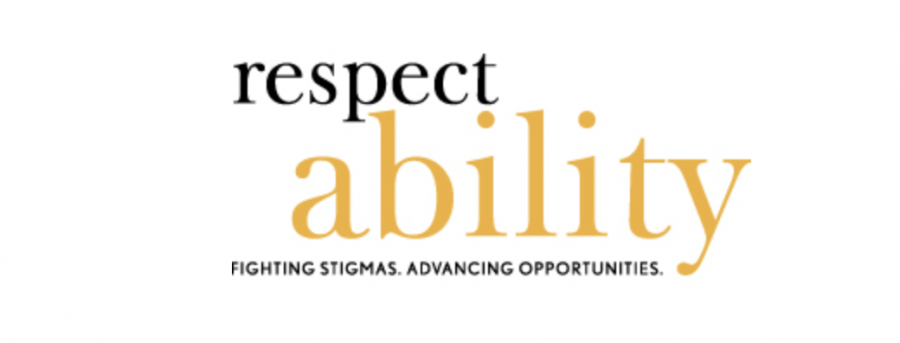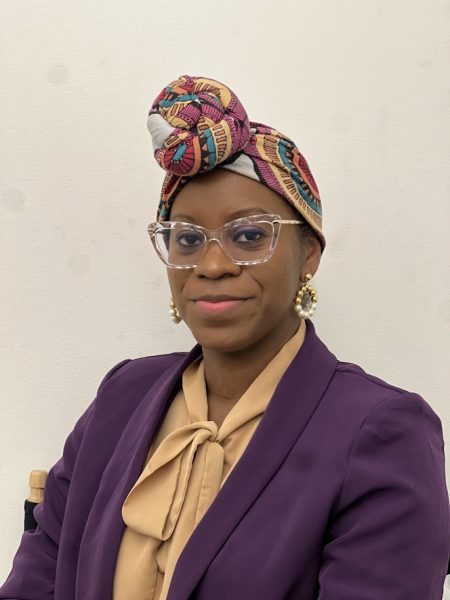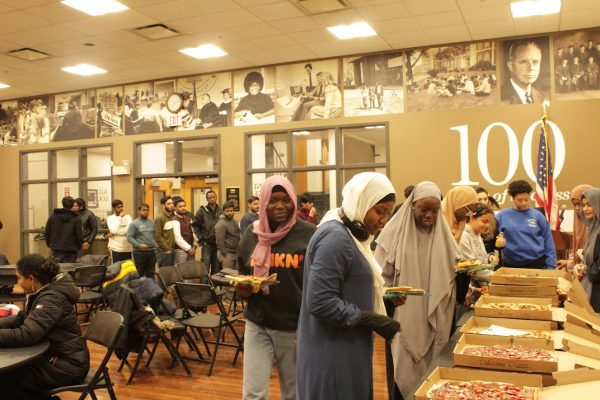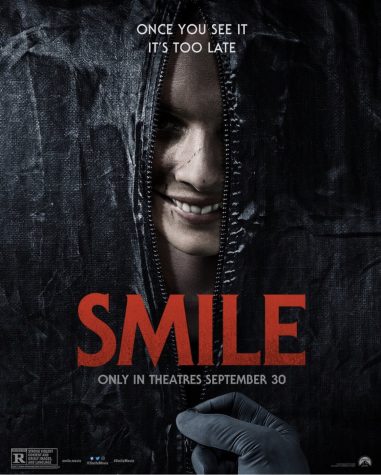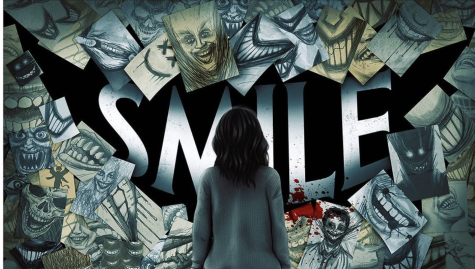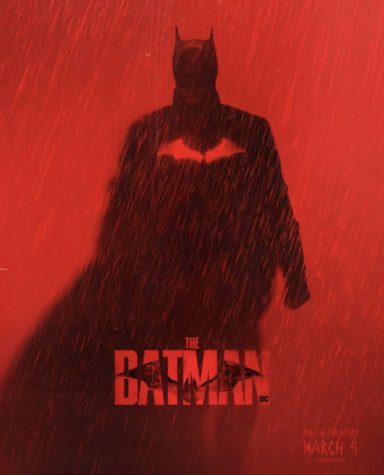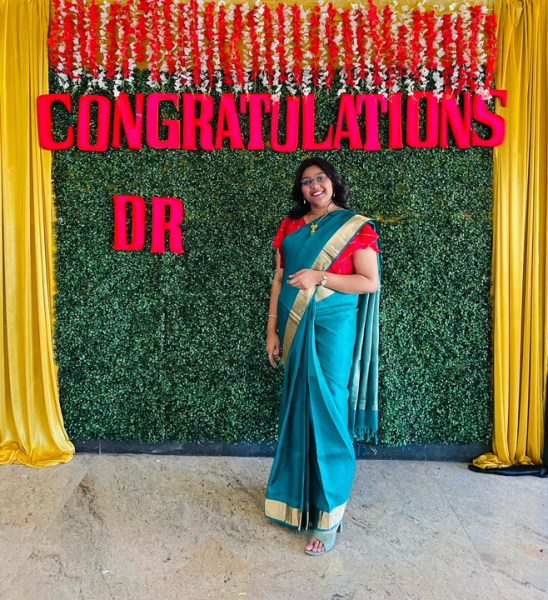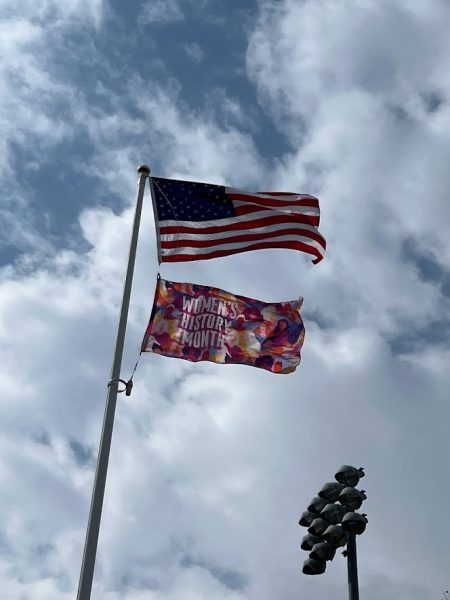Disability in Entertainment
In the entertainment industry, characters, along with supporting plotlines having to do with disabilities, have been few and far between.
While shows such as “Switched at Birth,” “Glee,” “Breaking Bad,” “Atypical,” “Red Band Society,” and “The Good Doctor” all have characters central to the storylines of these types of programming, the jarring reality is that only two shows on this list are currently airing.
According to the LGBTQ media advocacy organization GLAAD’s evaluation of the 2019-20 TV season, just 3.1% of characters had a disability — the highest percentage of representation in the past ten years. While it comes as no surprise that media containing able-bodied actors have always dominated the entertainment industry, the statistic proves how low the ratio is for disabled representation in media in comparison to its reality.
At least one in four American adults are living with a disability. Not to mention, the term “intersectionality” has become ingrained in the language of how Hollywood executives look for representation so even more viewers are beginning to take notice of an actor’s disability status. This can also cut into other acknowledgments of diversity in addition to race, ethnicity and LGBTQ+ identities.
Former communication student from the Class of 2023, Maria Maisonet, spoke candidly about their views on disabled representation in current media.
“The raw truth is that the industry treats us like sprinkles on a sundae as a way to show that they are ‘progressive and inclusive and for the few disabled roles in media, Hollywood still casts able-bodied actors to masquerade as a disabled person,” said Maisonet. “That’d be like taking a white actor and casting them as a BI-POC character and calling it diversity and inclusion.”
“Ultimately,” said Maisonet, “the industry needs to know that disabled people don’t exist to supplement able-bodied lives; we exist to have our own intricate, unique, compelling life experiences. Frankly, we don’t want to have to make others feel okay with our existence on-screen or off. We want to simply ‘be.’”
Even in current times where families and individuals are battling through hardships relating to COVID-19, it’s affected the disabled community even harder. Last week, according to The Hollywood Reporter, the “Actor’s Fund”, which provides affordable housing to low-income entertainment workers, told its special needs residents that they will have to let construction workers into their apartments during the COVID-19 pandemic or be evicted, targeting 50 special needs residents who occupy a 40-unit building geared towards independent living for low-income, permanently disabled entertainment professionals.
“I’m very concerned about going through this process especially with this virus looming out there. It just seems ludicrous that no one can understand why this is such a concern with us,” said Seth Engber, 63, who is living with HIV/AIDS and heart disease.
There’s still hope for the future. A non-profit organization called RespectAbility strives to continuously offer resources for disabled and mentally-impaired media professionals who wouldn’t otherwise be exposed to them. They’ve partnered with major media companies such as NBC, Walt Disney, and Netflix to aid in implementing hiring initiatives for crew members and on-camera talent and also offer services for hearing and vision-impaired professionals by providing audio-descriptive and closed captioning services as well as sign-language interpreters.
Nevertheless, organizations such as RespectAbility can only go so far, in times where diversity and inclusion initiatives are being regularly emphasized in other aspects of life. It’s imperative that the entertainment industry listens to the voices that want to create and maintain space, have their untold stories and experiences come to life, and be shared with audiences globally to fight stigmas and break glass ceilings.
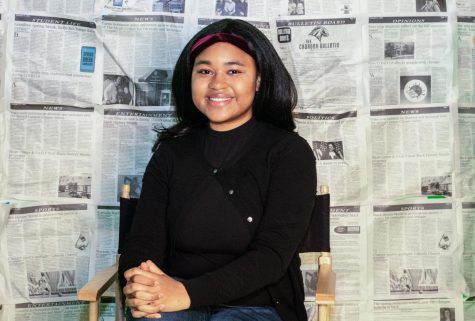
Tiara Starks is a senior communication major with a concentration in film production. She started at the Charger Bulletin as a contributing writer in 2018,...

